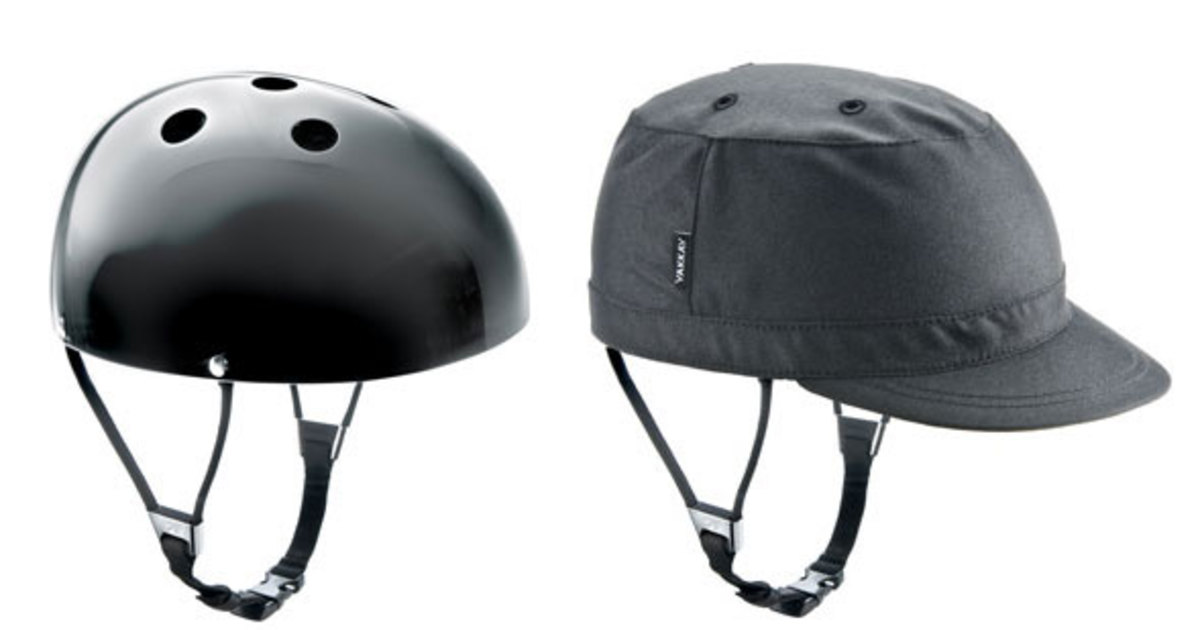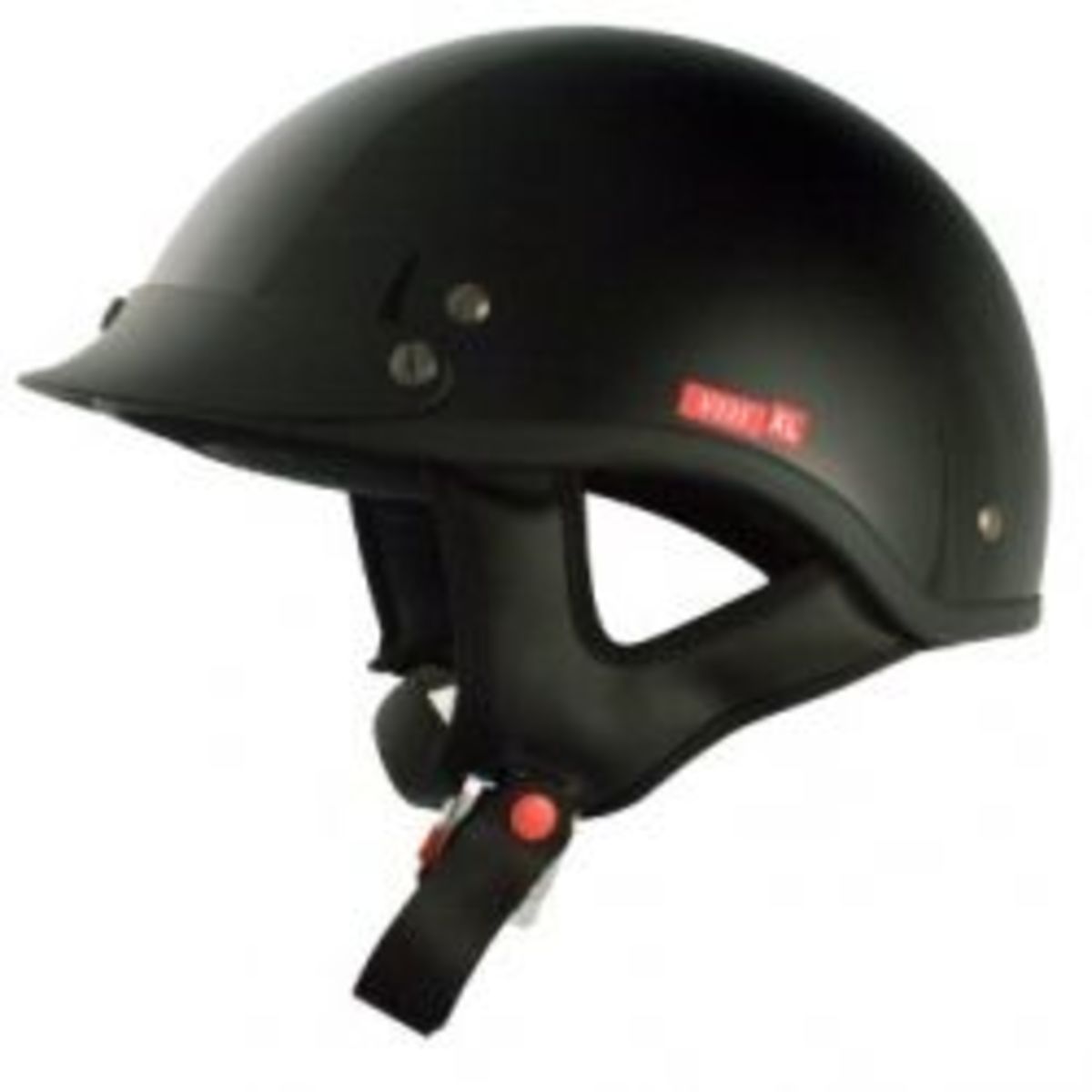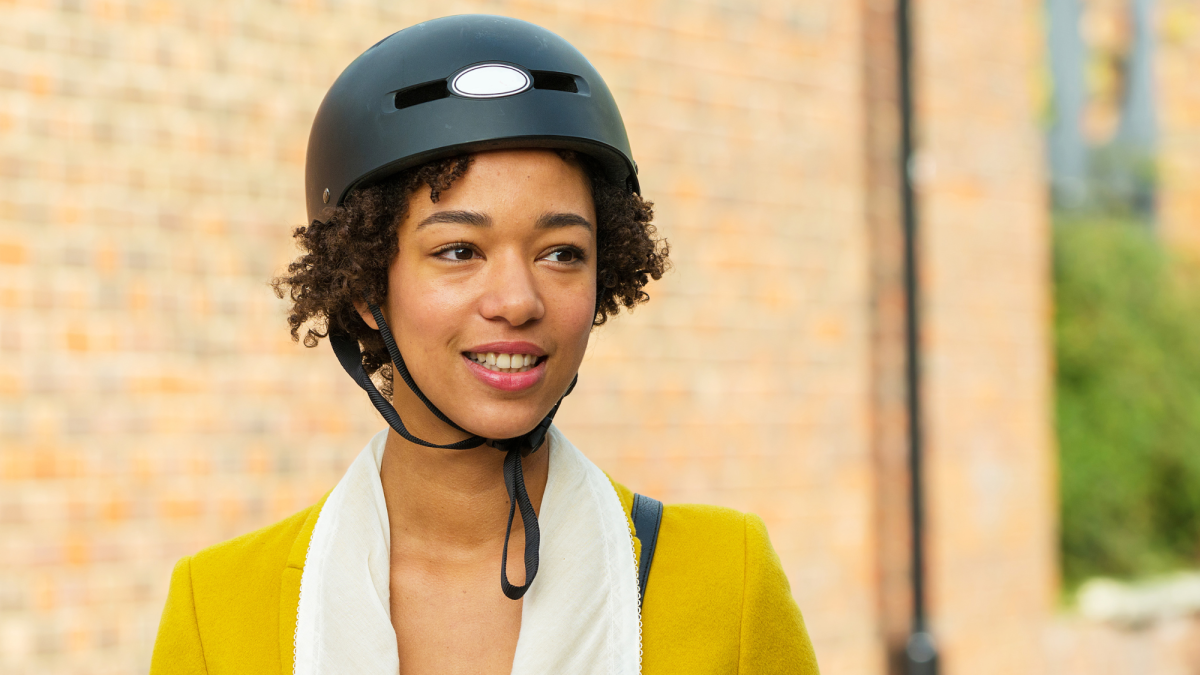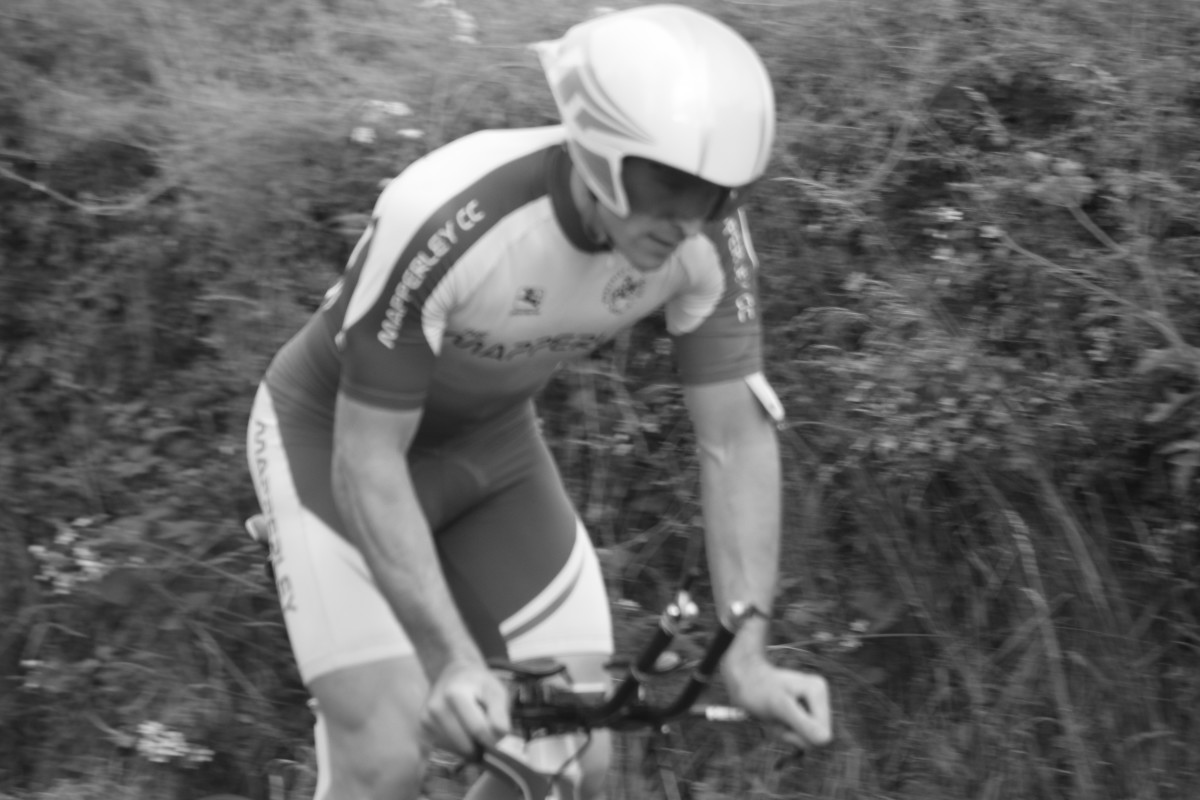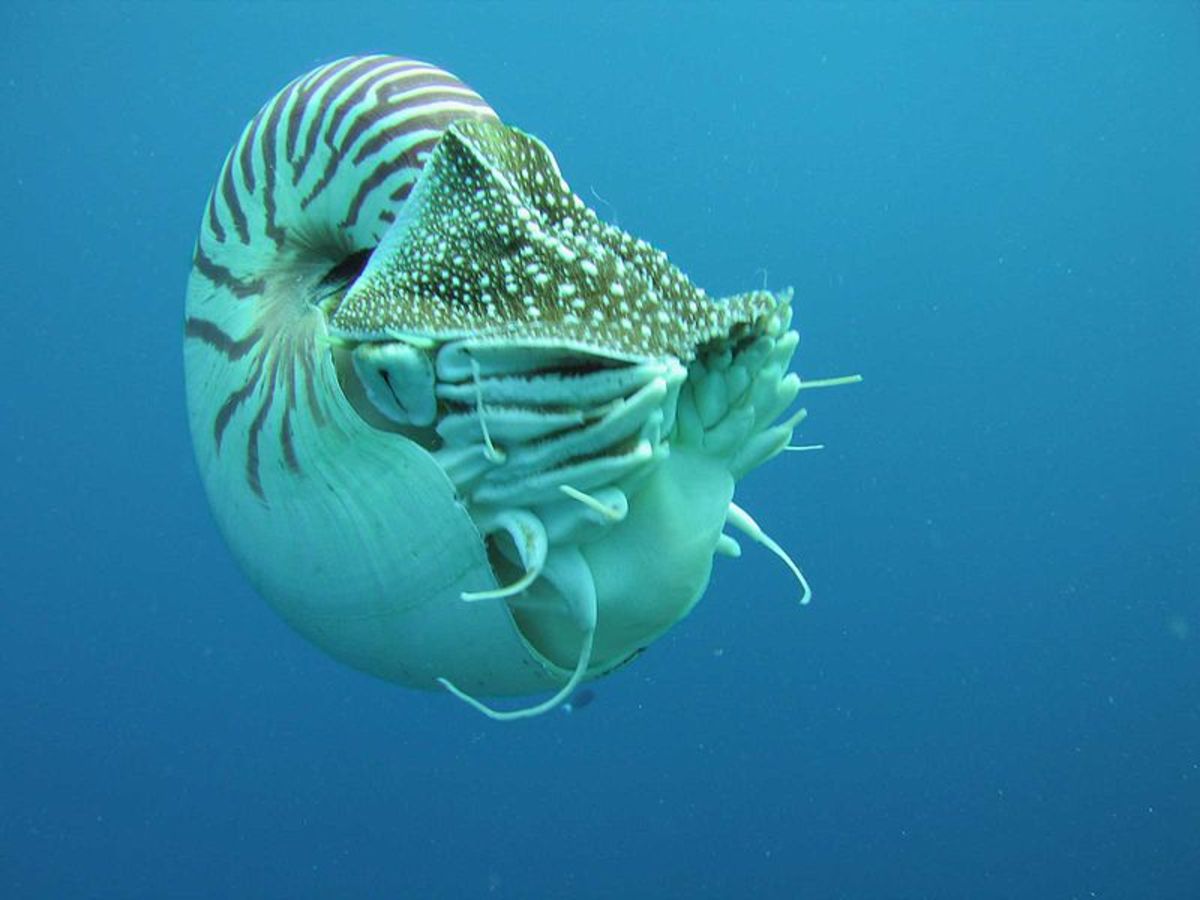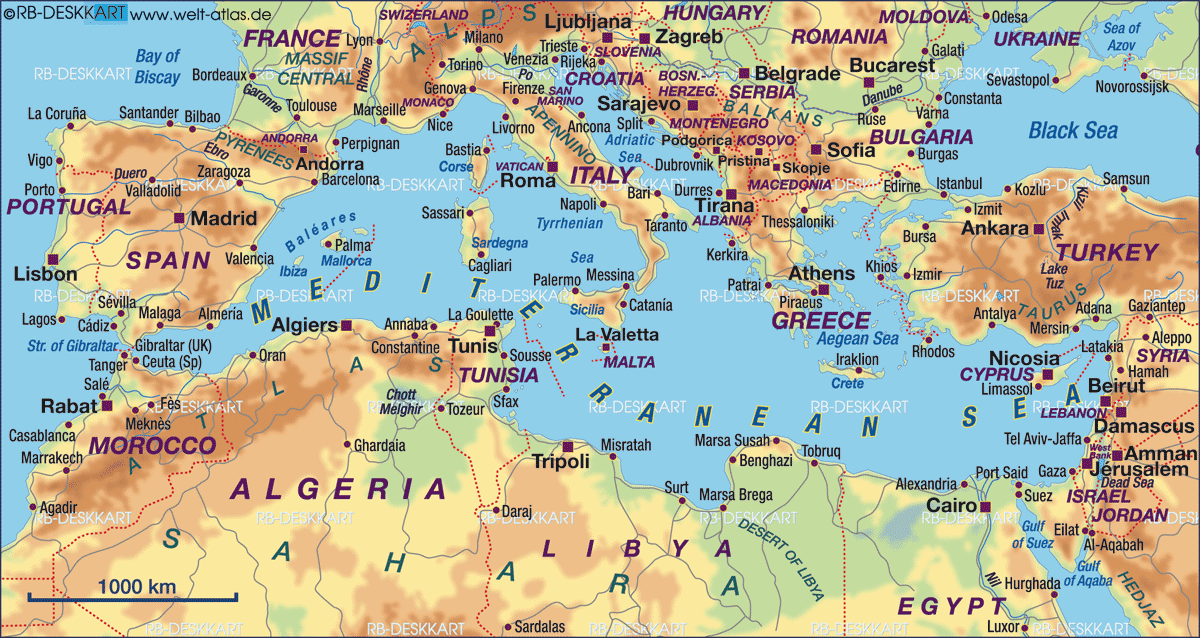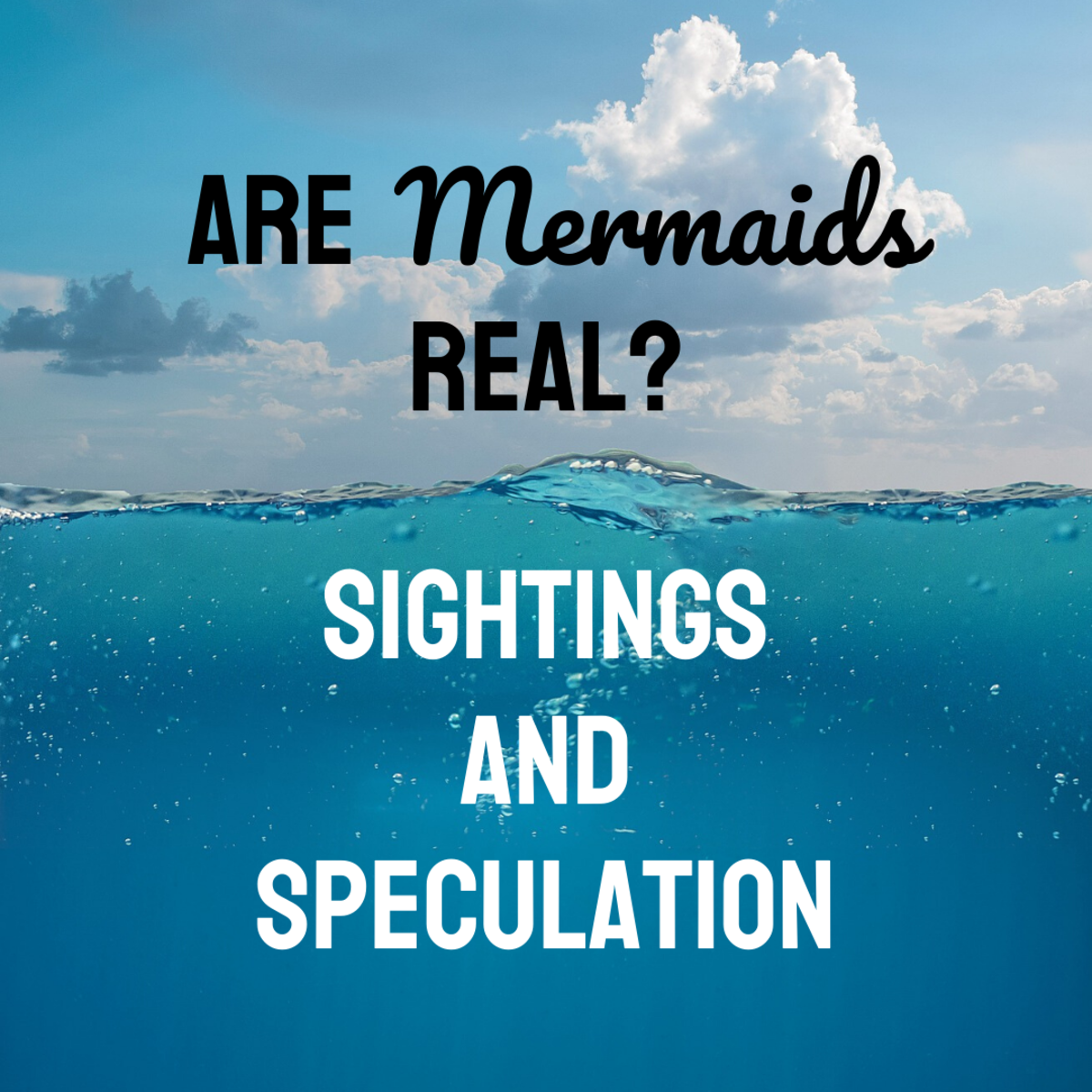Helmet Seashells
Gastropoda and Caenogastropoda
The designations of Gastropoda and Caenogastropoda can be a little confusing.
The Order of Gastropoda: There used to be over one hundred families that were classified as belonging to the traditional Order of Gastropoda, as it was once known. This Order included most of the well known sea snails, freshwater snails and land snails.
The Superorder of Caenogastropoda: Some years back these animals were reclassified and they are now placed in the Superorder of Caenogastropoda. This taxonomy, or particular scheme of classification, was first established as a superorder in 1960 by Leslie Reginald Cox.
The Unique Superorder of Caenogastropoda: This Superorder includes molluscs that are unique in several ways.
- The gill, kidney and olfactory organ only exist on their left side
- The heart only has one atrium and one ventricle.
- The Excretory and reproductive ducts are separate.
- Most of the animals produce egg capsules and these may contain from one to over a thousand eggs.
Two Main Groups of Caenogastropoda: The two main groups of Caenograstropoda have been classified according to the anatomy of the creature's radula. This is a horny structure that is found in the mouths of all molluscs, except bivalves, and is sometimes erroneously referred to as its tongue. It is a ribbon-like structure that is made up of minute horny teeth and is rather like sandpaper. It is used for feeding and for drilling into the shells of other molluscs.
- Taeniglossa: The radula usually has seven teeth in each row.
- Stenoglossa: The radula has only one to three teeth in each row.
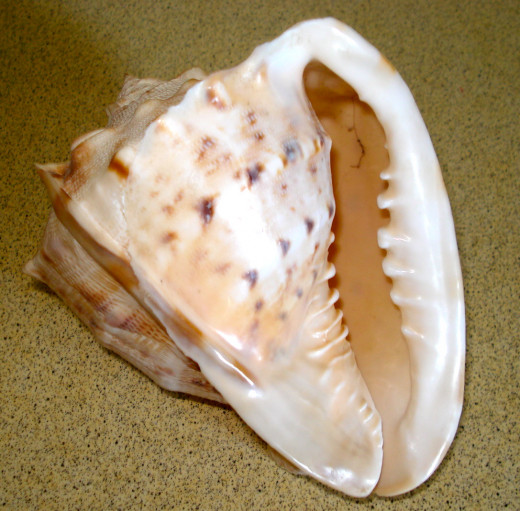
The Family Cassidae: Helmets and Bonnets
The family Cassidae is made up of around sixty species that live in tropical and temperate seas around the world. The shells grow to either a medium or large size and are sought after by collectors.
Cassidae family members range from the Helmets, which are quite large, to the smaller Bonnet seashells.
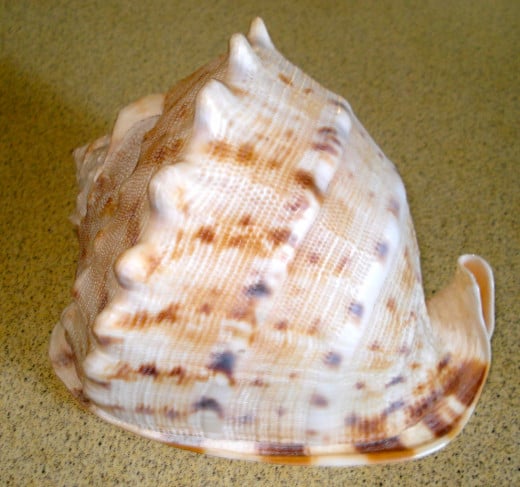
Helmet Seashells
Helmet Seashells feed mostly on members of the sea urchin family.
During the day the Helmet lies buried and dormant in the sandy bottom, from fairly shallow tidal areas down to seas about a hundred metres deep. At night it comes out to feed and is quite active, crawling over the sand and reefs. It can sense a sea urchin from a short distance away. It climbs onto it, protected from the urchin's spines by its tough foot.
The Helmet uses its radula 'teeth', combined with special acidic secretions, to drill a hole in the shell of the sea urchin. It then sucks out and digests the soft parts of the animal from inside the urchin's shell.
The Helmet has been used for the making of cameos and also as lampshades, sometimes carved, and even as doorstops. They have been popular for collectors and this has resulted in a significant reduction in their occurrence. They are now protected in Australian waters, especially as it was thought that they could feed on the Crown of Thorns, a sea star that has been devastating the coral on the Great Barrier Reef.
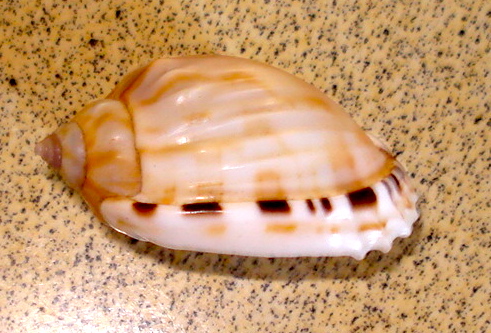
Bonnet Seashells
Bonnet seashells are smaller than the Helmets. They have similar characteristics to the Helmets in that the males are smaller.
Bonnet seashells are quite varied in pattern; in the images provided here the vibex has some pretty markings, the striped is quite eye-catching and the channelled has interesting markings from the very top to the base. As they are very attractive, they, too, are collectible.
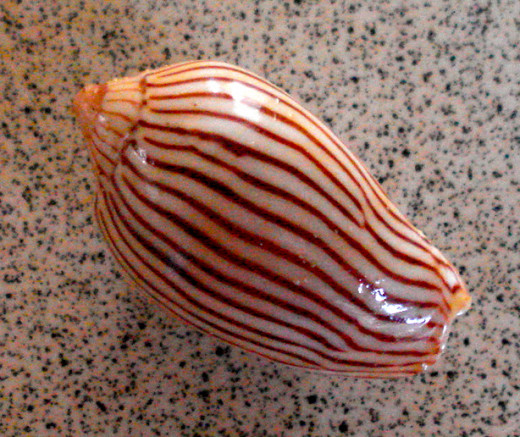
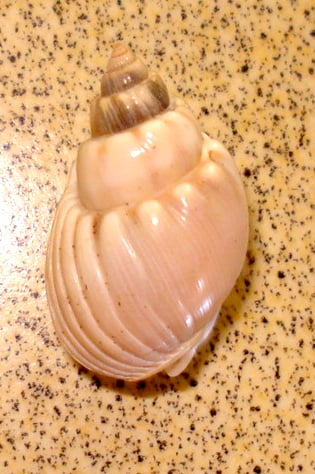
Shells of the Sea
- Cowrie Seashells
Cowries are a species of marine molluscs that have been utilised by man for over nine thousand years. - The Paper Nautilus
The life of the paper nautilus and its delicate egg-case is discussed, concluding with a warning that global warming may contribute to its extinction.


